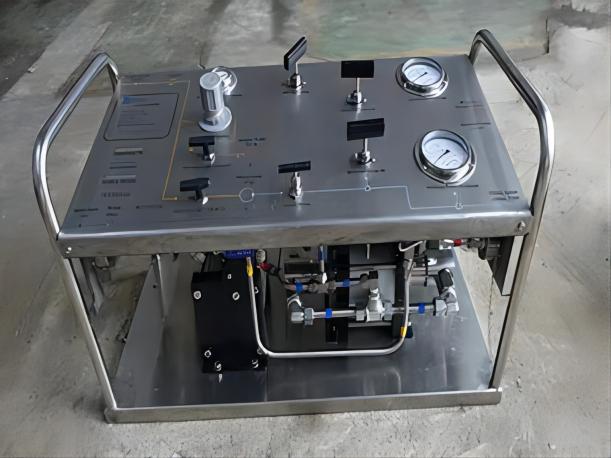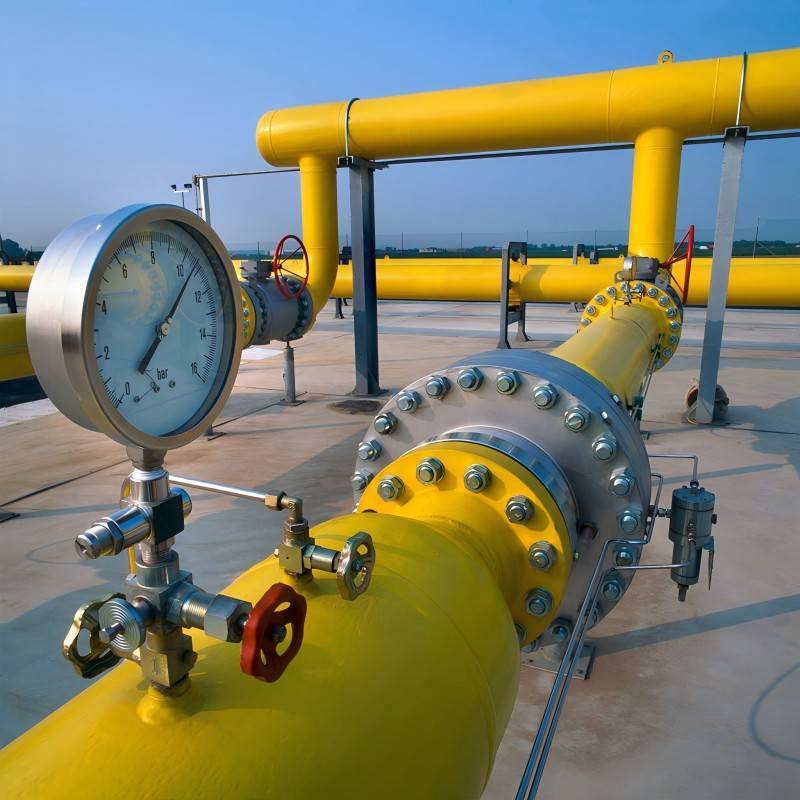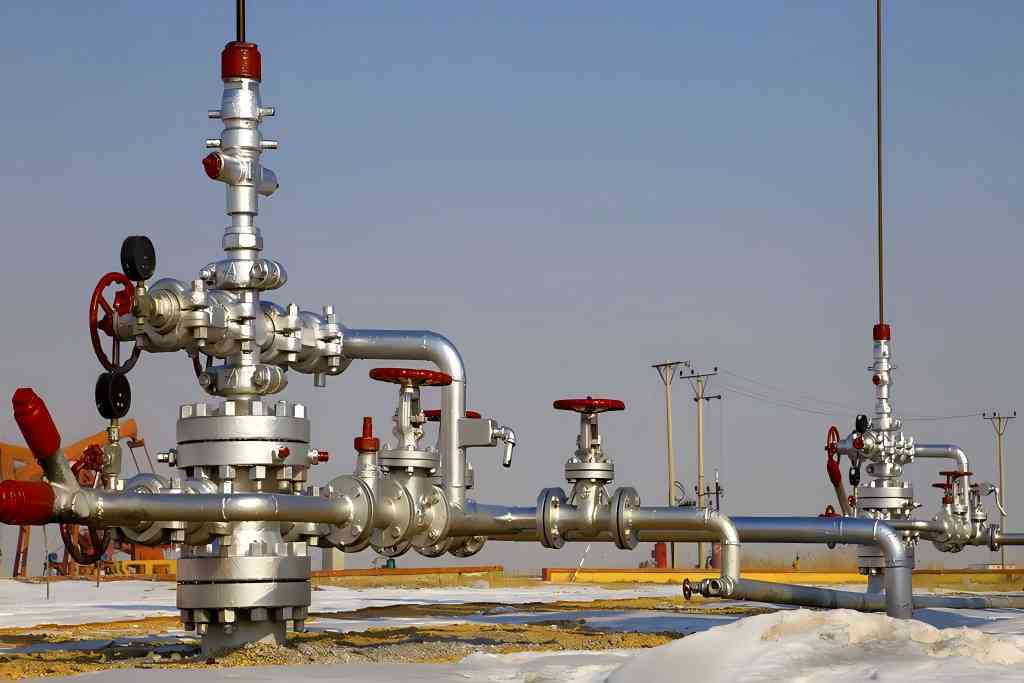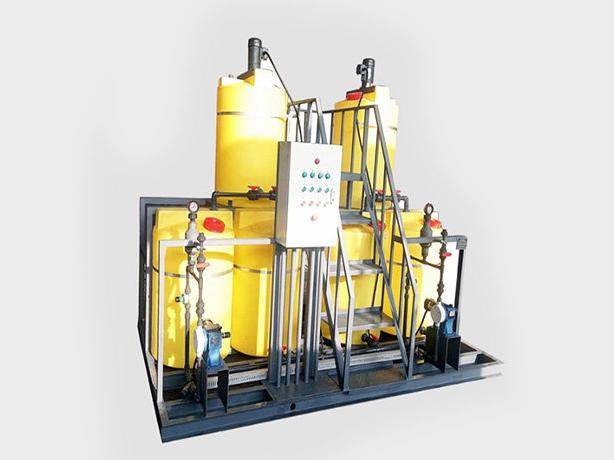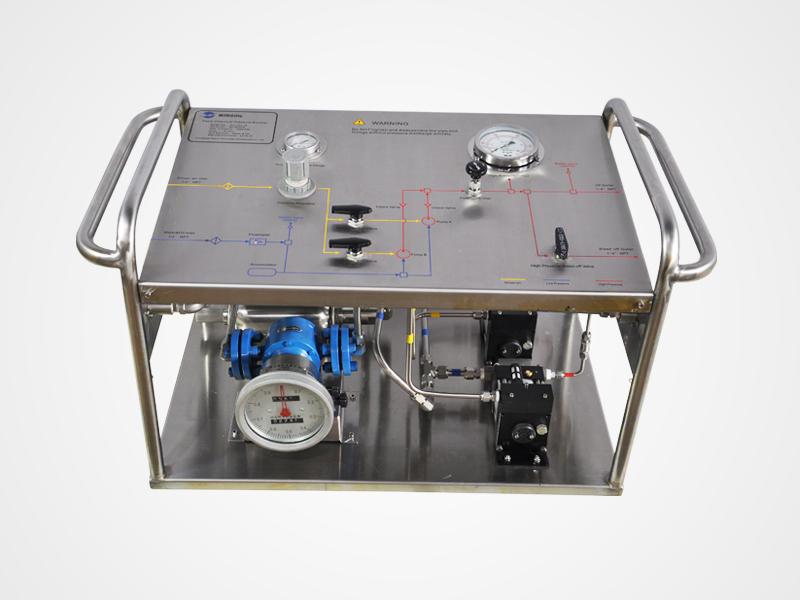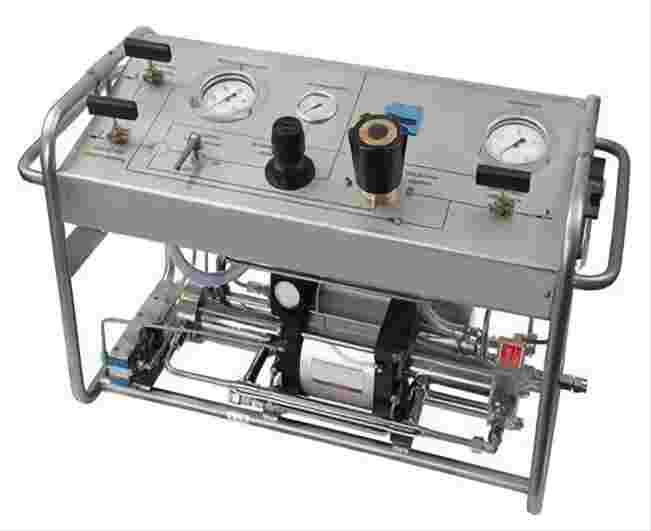Best Guide To The Definition & Procedure Of Hydrostatic Testing
Hydrostatic testing can be defined as the process of subjecting a material to a controlled pressure and observing how it reacts to the pressure. The test is employed for a variety of purposes, including checking that equipment is in good working order before use, establishing if an object can sustain different weights or stresses, and finding leaks in hydraulic systems or pipelines. Hydrostatic testing is done by using a hydrostatic test pump to pressurize the object as it fills with water to check for strength and leaks. One of the most crucial justifications for conducting this kind of testing regularly is the capability to identify leaks in an item.
What is hydrostatic testing?
A pressure vessel or pipe system is put through a form of test called hydrostatic testing, commonly known as hydro testing, to see if it can safely withstand the amount of pressure it is rated for while maintaining structural integrity. The test object must not rupture or leak throughout the allotted time while maintaining its PSI. The manufacturer or government agency requirements will usually provide the hydrostatic test duration and PSI rating for each application.
A closed-loop system must be created to execute a hydrostatic test, which often involves shutting off a supply valve. The pressurized fluid, which is frequently water (hydro is Greek for “water”), may occasionally be colored to make it easier to see leaks. To make sure that equipment will work properly when it is restarted following shutdowns, repairs, or prolonged periods of inactivity, hydrostatic tests are usually necessary.
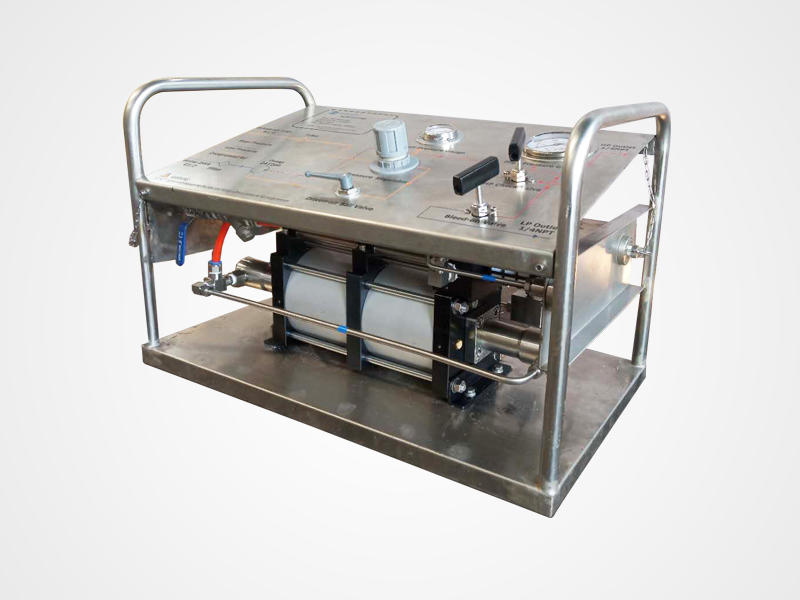
What is hydrostatic testing used for?
Hydrostatic testing is a pressure-based technique used to test the integrity of piping systems, gas cylinders, boiler components, and all other kinds of pressure vessels. Hydro-tests are routinely performed following repair and downtime to see if the equipment will continue to operate as intended once it is used again.
Hydrostatic testing is widely used by engineers to verify that machinery has been rebuilt or repaired appropriately. To detect any potential leaks and ensure that the container is entirely safe for use, it is most typically utilized for DOT-required containers. This is essential because a DOT-mandated container’s contents can be contaminated if the requisite testing has not been done.
Any potential leaks in the apparatus will be discovered by a hydrostatic test, which will also show whether the outside or inside of the tank has any structural flaws that might subsequently lead to leaks.
The importance of hydrostatic testing
By tracking the rate of unit expansion, hydrostatic testing can determine if a vessel can safely withstand the amount of pressure it is rated for. It verifies that the weld joints and flanges are properly positioned and that the material has the required strength to bear the pressure. This is crucial for industrial applications that involve the storage and transportation of fuel, chemicals, and other hazardous materials that can explode if they rupture under pressure, as well as pipelines where a pipe’s structural integrity could have a significant negative impact on the environment and our economy.
The hydrostatic testing procedure
Only qualified persons should conduct a hydrostatic test to avoid safety problems. The method will vary greatly depending on the type of vessel being tested, but the goal of all hydrostatic testing is to evaluate the toughness of the unit under test and find leaks or weak places. After the vessel has been brought to test pressure, the techs must carefully monitor and record the pressure at regular intervals throughout the test (typically 1.5X its designed pressure limit, though different standards have different pressure requirements). According to industry norms and standards, digital or chart recorder readings of pressure, medium, and ambient temperature are taken at preset set frequencies.
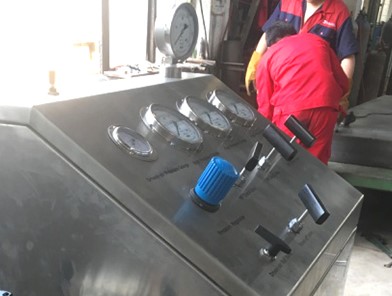
How to avoid disasters in the hydrostatic testing procedure?
Having an experienced technician perform your hydrostatic testing is the best way to prevent disaster. There are two primary test categories:
Type I, which is performed after construction is finished and verifies that all welds are intact, also includes a tank test for pressure integrity.
Type II evaluates specific subsurface storage system parts, such as tanks or pumps.
Just because you’ve stopped testing in the past doesn’t mean you have to now. Hydrostatic testing ought to be carried out annually after installation, or sooner if the environment has changed.
Conclusion
Hydrostatic testing can help a business tremendously by verifying the caliber of its output. To discover leaks in hydraulic systems or pipes, for instance, or to ensure that equipment is in good working condition before usage, this approach might be employed.

